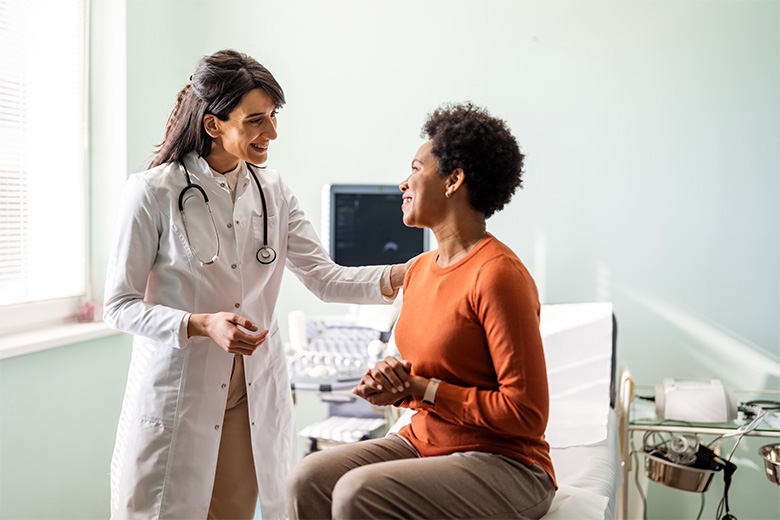Make an Appointment
To speak with a member of our team, please call.
Effective insomnia treatments to help you get restful sleep
Insomnia is a fairly common health condition that affects the quality of your sleep. In turn, dealing with insomnia can negatively impact all areas of your life. You don’t have to suffer any longer. Our sleep health experts at Beth Israel Deaconess Hospital–Needham are experienced in caring for people with insomnia.
People who have insomnia report that they can’t sleep, or that their sleep is inadequate or poor quality. If you have insomnia, you may have one or more of these symptoms:
If you have insomnia and you don’t work with a doctor to help manage it, you may experience these or other issues:
There are three main types of insomnia:
Learn about causes and triggers for interrupted sleep.
Transient insomnia is often triggered or perpetuated by stress or discomfort. Common causes include:
Chronic insomnia may result from ongoing factors, including those that cause transient insomnia, or mental or physical disorders. An irregular sleep-wake schedule can perpetuate poor sleep. Chronic sleep disturbance can reflect abnormal sleep-wake regulation or physiology during sleep.
Excessive napping reduces your chance of staying asleep at night. These and other disorders disrupt sleep:
Behavioral health conditions often trigger chronic insomnia, but account for less than half of cases. Different mental health conditions can affect sleep:
Sleep is also disrupted by immobility, difficulty breathing and pain. A variety of medical and neurologic illnesses may disturb sleep:
Some medical problems are worse during sleep. This can result from either increased vulnerability because of underlying sleep physiology — such as asthma — and/or because they are worsened by laying down — like gastroesophageal reflux.
Many over-the-counter prescriptions and recreational drugs can diminish sleep quality. Different people are affected differently. These and other substances can affect sleep:
Hypnotic drugs to promote sleep can be helpful if you’re under acute stress or if you’re traveling across time zones. However, you should never take sleeping drugs for more than two or three days without speaking with your doctor. Long-term use of sleeping medications actually can contribute to insomnia.
Hormonal changes that are associated with pregnancy, perimenopause and menopause disrupt sleep. Insomnia is more common in women, especially after menopause.
We offer these and other services to support your sleep health needs.

